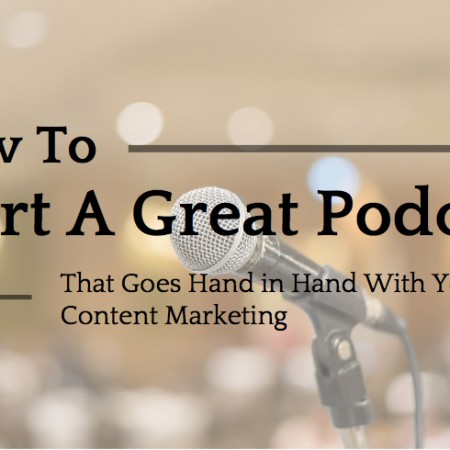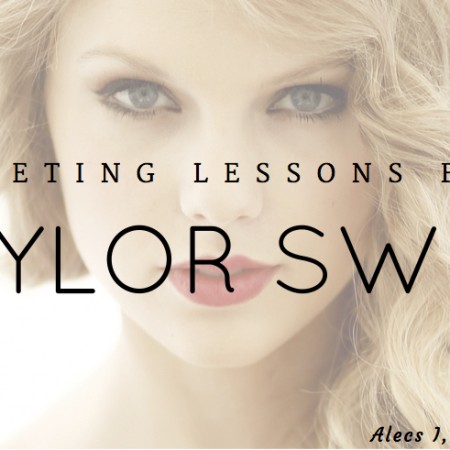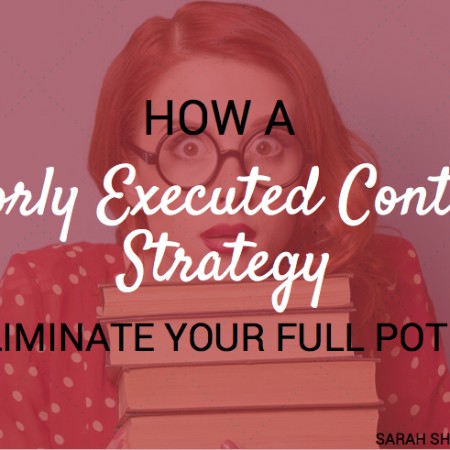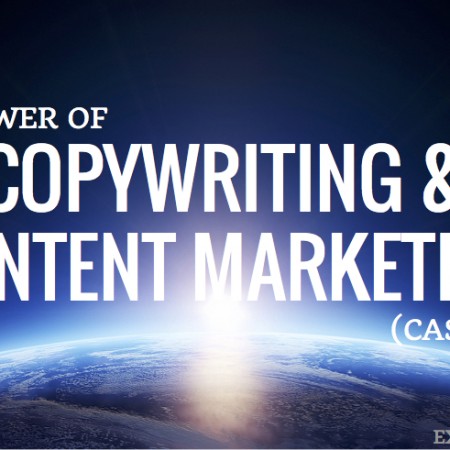Why You Should Create Business Case Studies For Your Brand
Case studies make for effective promotional material for any brand or business: the benefits of business case studies are many, with multiple ways to use and re-purpose. In short, looking at how your company has helped a client can bring you valuable media coverage and turn leads in paying customers. Here’s the video: scroll down for the full blog post with more insights on creating valuable case studies. Why Create? The Major Benefits of Business Case Studies A case study is a story describing how someone has benefitted from using a product or service. Aside from reaching out to potential customers, case studies are the ideal way to showcase what your business does well and keeps customers coming back. You can use case studies on websites, in newsletters, included with brochures, as part of press releases, in magazines and newspapers as ways of building brand awareness and generating leads. Here are the top benefits of creating a case study: Showcase past successes to your new leads Present your worth and client testimonies to the public Grow brand awareness and reputation 5 Ways to Repurpose & Get The Most From Your Business Case Studies 1. Recreate it into a presentation for SlideShare. Then, share this on all your social networks, mention @SlideShare on Twitter for some extra juice! 2. Upload it to your website and share on social media. You can re-share the website page with your case study multiple times on your social media accounts, as long as you space the time out – once bi-weekly is a great idea. Unless you have 3 followers, it won’t be the same old Bob viewing your update. New traffic and potential leads will see it every time. 3. Make a live, published blog on your site. This will add SEO value to your website, increase your chance of rankings, and even boost your reputation when people search your brand name. Be sure to include all images and lay out the blog post well. One thing you’d want to do, though, is make sure you have clients’ permission to post if you’re including them in the case study. (See an example blog post Case Study we did on our own rankings. This isn’t probably what yours would look like, since you would be posting more about your clients and overall business success: we just focused on our rankings, with analytical proof.) 4. Social media engagement tool (share in updates or link to it in your social bios). Again, space it out: don’t share daily, but at least bi-weekly. It’s also a great tool to link to in a company bio – everyone’s interested in the success stories of who they’re about to hire. 5. A marketing tool for your sales team (send via email to new leads). This is a GREAT sales tool! Your potential leads might buy a lot faster if they see you’ve helped someone just like them succeed. Express Writers Now Offers Custom-Created Business Case Studies Express Writers realizes just how much of a hot ticket item case studies are for content marketers. We now offer professionally written and presented case studies to our clients. Our team of talented marketing writers will create as many pages as you need to ensure your case study is thorough and ready to be published. What to Expect When You Order a Case Study Our team will gather detailed information from every client who needs a case study. You will be required to fill in an input form and answer questions such as “what challenges does your industry face?” and more specific questions about the actual case study, including analytics, data, measurements of success and formatting guidelines. We also offer clients the option to add an hour long interview with their dedicated case study writer to discuss additional information. Once your case study has been artistically written, you have the option of having the final product formatted or left as copy only if you prefer to use your in-house designers. To order your case studies today, visit the case study product in our Content Shop.









